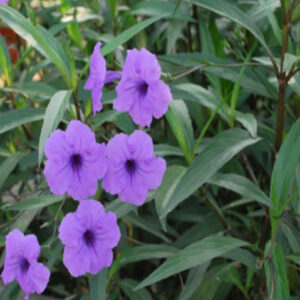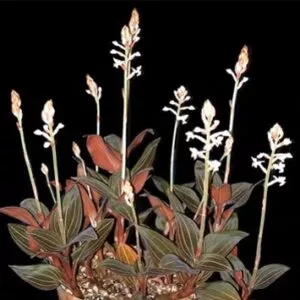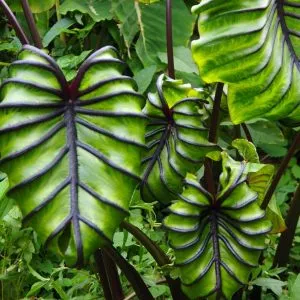No products in the cart.
Do you love the smell of pine trees but do not want one in the garden as they have towering heights? Then we have good news as there is a conifer pine tree that offers you the fragrance of pine without the elevated heights.
We introduce you to the dwarf mugo pine, a carefree evergreen tree. The best part is it makes for exceptional dwarf mugo pine bonsai plants.
Plant Name: Pinus mugo
Other Name: Dwarf Mugo Pine or Swiss Mountain Pine
Plant Type: Shrub
Native Areas: Central and Southern Europe
Light Requirement: Full sun to partial shade
Watering: Average
Fertilizer: Organic matter
Toxicity: No reported toxic effects
Temperature: Temperatures as low as -50°F
Propagation: Cuttings
Growth: 5 feet tall and wide
Soil Type: Acidic, neutral, alkaline soil
USDA Hardiness Zones: 2-7
More About Dwarf Mugo Pines

Pinus mugo, or the dwarf mugo pine, is a coniferous evergreen shrub in many garden scapes. It has dark green needles forming dense branches. The trees grow slowly, forming shrubs fitting in restricted spaces.
The dwarf mugo pine tree looks great as a low hedge, foundation, mass plantings, ground cover, or in a rock garden. You can place them as specimens in a mixed border or grow them as a bonsai plant. You can plant the mugo pine tree in early fall before the first frost or spring.
Still, do not plant them in the mid-summer to avoid the heat. As it has a tight needle growth, you can also grow them in containers. Dwarf mugo pine trees are evergreen to give you color in the landscape year-round.
Another benefit of the dwarf mugo pine is that the leaves preserve water during dry conditions. Still, when you plant mugo pine, you can expect it to shed its needles in the fall. You can also expect some mugo pine seeds to fall off the tree.
Dwarf Mugo Pine Tree Care Guide

Dwarf mugo pine grows well in urban environments and is best grown in a large planting hole. It also helps to amend the soil with gravel if you have clay soil or peat moss for sandy soil.
Then place the dwarf mugo pine in the hole and backfill it with the soil. Tampen down the soil to remove the air pockets and water well. As the pine trees have shallow root systems, we recommend using mulch around the base to keep the roots cool.
The Best Soil For Dwarf Mugo Pine Trees
An important growing medium for Pinus mugo is well-drained soil to prevent root rot. We recommend soil types by mixing clay, sand, loam, and chalk. While it is a drought-tolerant tree, it helps to ensure the soil remains moist.
So, it needs neutral, acidic, and alkaline soil pH levels.
The Ideal Lighting Exposure For Dwarf Mugo Pines
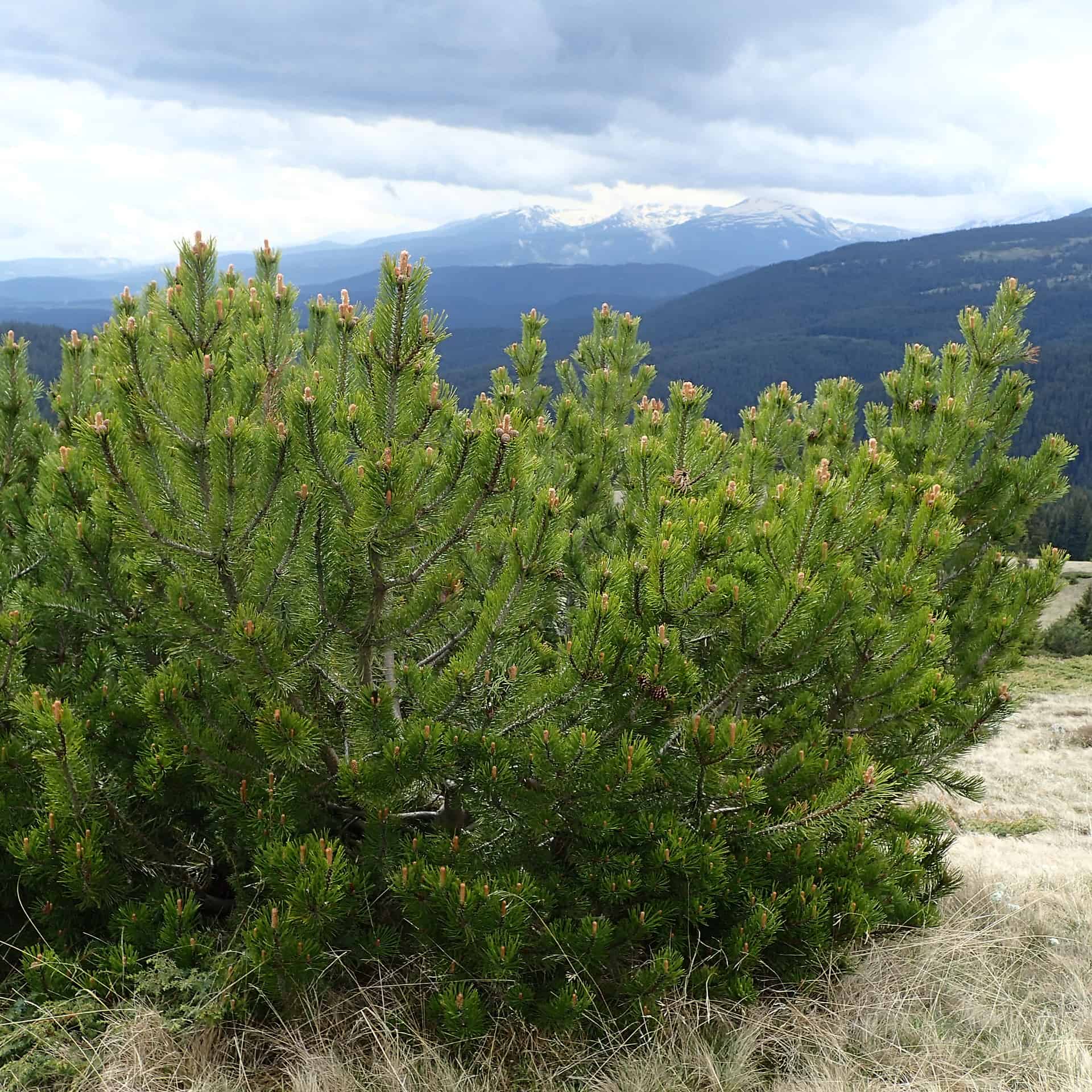
Preferably provide your pine tree with full sun to thrive with afternoon shade. If you live in hot climates, it helps to provide your plant with some shade cloth to prevent the heat from scorching the leaves.
Watering Dwarf Mugo Pine
The watering schedule for the dwarf mugo pine is straightforward. You can expect to water your trees often in extreme heat without rain. Also, do the finger test to check if the soil mix is dry or needs watering.
Water your tree well if you notice dry soil in the first few inches. Regardless if you use it as a dwarf mugo pine bonsai or grow it in the garden, the finger test helps. You may find when you grow mugo pines; you may water more in early spring to summer than in the fall
Temperature and Humidity

Prefers cool summer climates but can tolerate different climate conditions. The mugo pine rarely suffers winter burn from freezing temperatures compared to other plants.
But if you grow mugo pines in containers, they will need cold winter protection as the root system is very vulnerable and exposed to temperatures below zero. Therefore, we recommend moving the containers if the cool temperatures remain between 20° and 30°F.
During winter, water regularly to provide your tree with moist soil until the temperatures warm up. Then move your plant into the partial sun again to climatize.
Fertilizing Your Plant

You can fertilize your dwarf mugo pine tree annually by amending the soil with a few shovels of organic compost. The prime tree does not need fertilizer, but a spring application for container-grown trees can be beneficial. You will notice new growth begins in spring to summer.
Pruning Dwarf Mugo Pine Tree
While the dwarf mugo pine grows with a compact shape, not all cultivars have a compact size. Luckily, if you have a big variety for your space, you can shape them in spring. You can remove the central shoots of the new growth, known as candles.
Pinning the central candles to half their length forms a more dense and compact plant.
Potting Dwarf Mugo Pine
As the tree grows well in containers, you can leave them outside and bring them in in winter. The important thing is to water your container plant weekly in the growing season.

As winter approaches, you keep them watered until the soil freezes up. Then, water your plant as soon as the soil thaws during the warm spells in winter or spring when the temperature rises.
You can use a slow-release feed in spring by following the label instructions. The important thing is to provide your plants with well-drained soil.
Propagating Dwarf Mugo Pine
The best way to propagate your dwarf mugo pine is to use cuttings, as sowing the mugo pine seeds from the cones is not always true to the cultivar you have.
When the needles form in the growing period and are still soft, you can cut off a 7-inch long stem.
Remove the side shoots and needles from the bottom portion of the cutting.
Fill a container with soil mix and dip the cut end in a rooting hormone. Poke a hole with a pencil and stick the cut end into it.
Water well to ensure the potting mix is evenly moist.
Place the containers in bright indirect light out of direct sunlight. Keep the soil moist but not soggy to prevent root rot. The root ball can take up to two months to root.
When cutting roots, you can place them into individual containers and leave them to grow for a few seasons.
When you leave your seedlings to grow for a few years in the pots, they get stronger for transplanting and have a better chance of surviving.
-
-
$25.45Sold By: Carlo's Plant Farm
In stock
Crape Myrtle Narchez | Carlo`s Plant Farm
Rated 5.00 out of 5 based on 22 customer ratings00Sold By: Carlo's Plant Farm -
$25.45Sold By: Carlo's Plant Farm
In stock
Purple Showers | Carlo`s Plant Farm
Rated 5.00 out of 5 based on 22 customer ratings00Sold By: Carlo's Plant Farm -
$34.99Sold By: Aloha Hawaii Orchids
$39.99In stock
Rlc Siam Magic Cattaleya 2″ Pot
Rated 4.65 out of 5 based on 268 customer ratings00Sold By: Aloha Hawaii Orchids
Dwarf Mugo Pine Plants
You can find some beautiful dwarf varieties of the Pinus mugo pines that are ideal for small spaces that include the following:
Pinus mugo Compacta

These evergreen trees have dark green needles with dense, compact forms. It reaches up to four feet tall and is hardy in the growing zones 2 to 8.
Pinus mugo Sherwood Compact
For a true dwarf cultivar that is slowly growing to reach two feet tall, choose the Sherwood Compact pine hardy in zones 2 to 7.
Pinus mugo Enci
These trees reach up to three feet tall with dense growth, and it has short needles. You can grow the Enci in the hardiness zones 2 to 7.
Pinus mugo Gnome
Another small tree with a flat-top form that grows slowly, reaching 24 inches tall, is hardy in zones 3 to 7.
Pinus mugo Mops
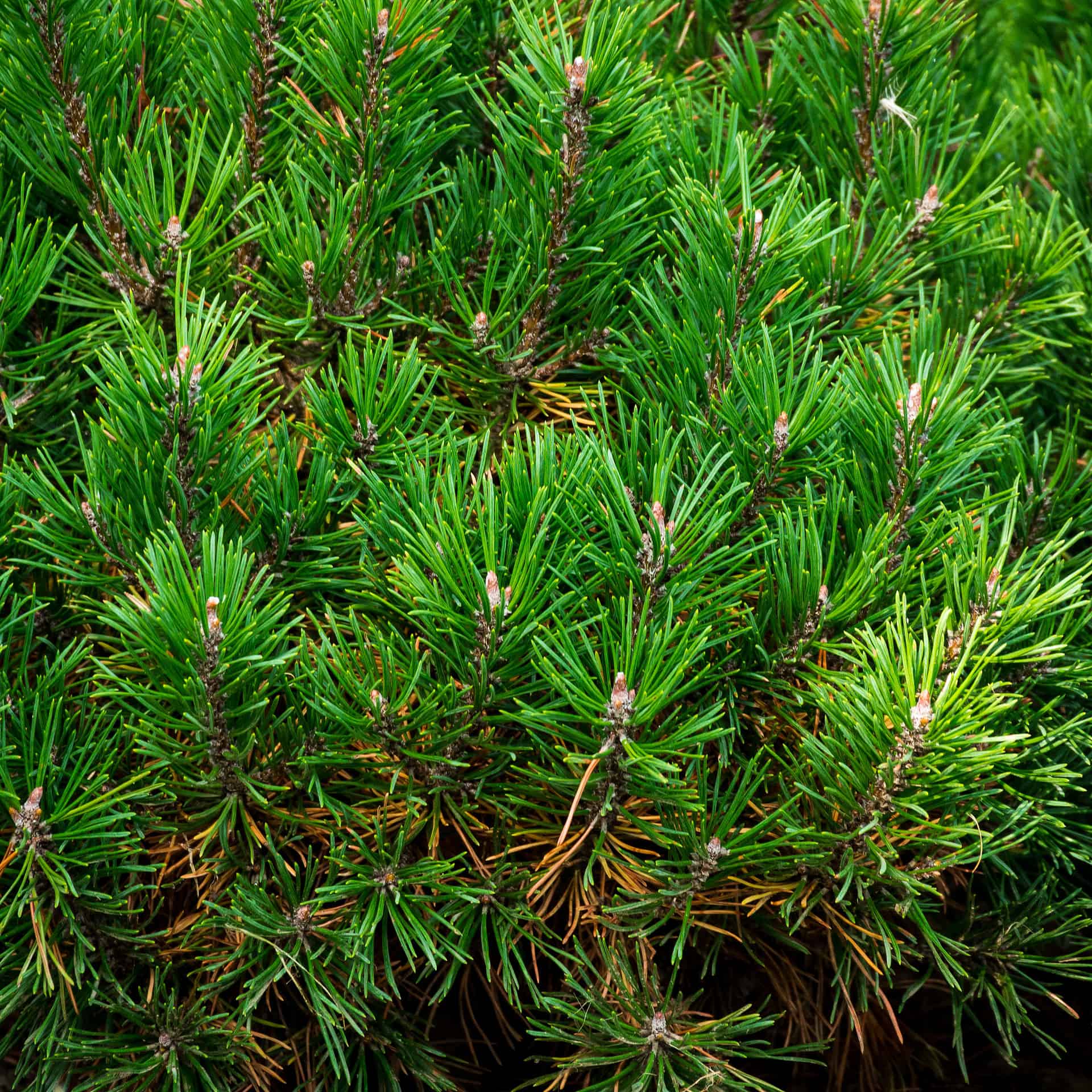
The Mops have a lush growth that works well for confined spaces up to four feet tall. It can take up to 30 years to reach the mature size. The tree is hardy in zones 2 to 7.
Dwarf Mugo Pine Common Pests and Diseases
A pine sawfly is a common pest on your mugo pines. The sawfly is very tiny and has a yellow-green body. The insect lays eggs on the pine needle tips. The larvae, when hatched, start eating the needles, killing them.
To treat infestations, use an insecticide. Another insect that bothers the mugo pines are pine bark beetles which are small and black. You can remove the infested branches and spray an organic pesticide to control the beetle.
Plant diseases to look out for are root ball rot that happens with overwatering and insufficient drainage.
Frequently Asked Questions
The dwarf mugo pines have a dense growth habit and remain small, reaching three feet tall, while the mugo pines can grow much taller and wider.
You can shear the tree by removing the central shoots called the candles in spring. Pruning these shoots by half a length creates a dense shape when it grows.
The dwarf to other pine varieties can live from 100 to 1000 years.
A mini pine can die due to prolonged periods of drought, excessive cold or heat, or overwatering to root and bark damage.
Whether you want to buy, sell, or simply reach out to other plant enthusiasts, Plantly is the right place to be!
-
$12.99Sold By: BubbleBlooms
In stock
Watermelon Pilea Cadierei, Aluminum Plant, 4 inch
Rated 4.81 out of 5 based on 279 customer ratings00Sold By: BubbleBlooms -
$15.00Sold By: Beauties & Beasts
In stock
Orchid Ludisia discolor
Rated 4.83 out of 5 based on 24 customer ratings00Sold By: Beauties & Beasts -
$55.95Sold By: SunSoul Plants
$95.00In stock
Colocasia ‘Pharaoh’s Mask’ in 4″ pot
Only 2 available and it’s in 1 people’s basketRated 4.87 out of 5 based on 98 customer ratings03Sold By: SunSoul Plants


